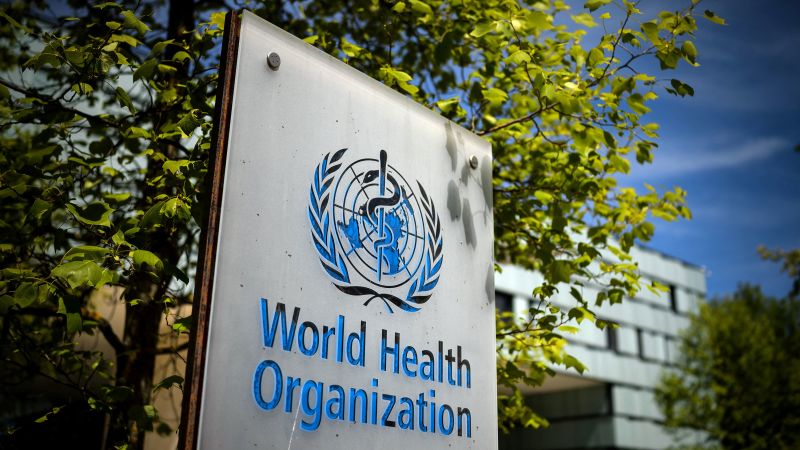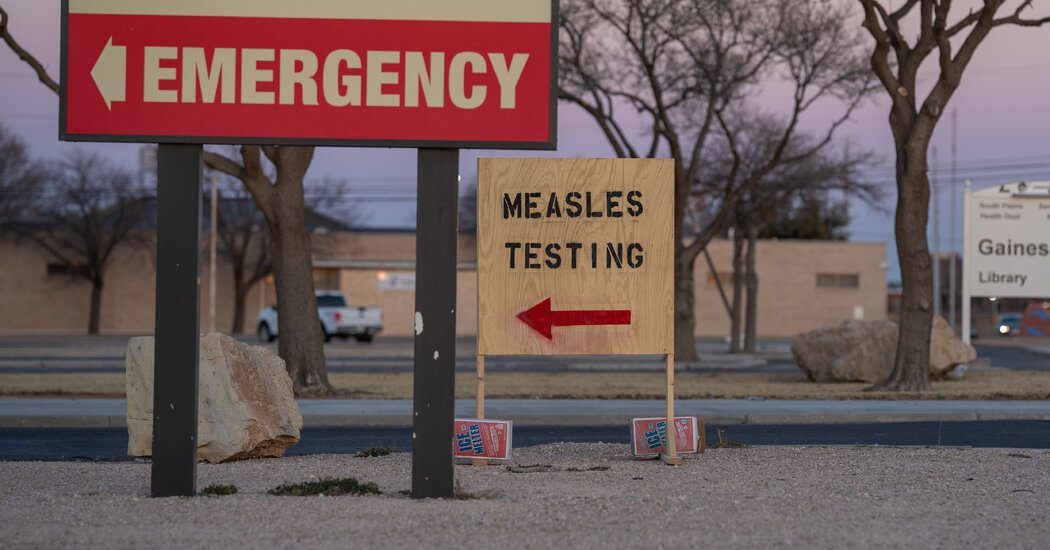
AP
—
Health officials report that a mysterious illness, first identified in three children after they consumed a bat, has led to over 50 fatalities in northwestern Congo in just five weeks.
The time between the appearance of symptoms—such as fever, vomiting, and internal bleeding—and death has been alarmingly short, mostly around 48 hours, according to Serge Ngalebato, the medical director at Bikoro Hospital, which serves as a regional health observation hub.
Symptoms resembling “hemorrhagic fever” are typically associated with severe viruses such as Ebola, dengue, Marburg, and yellow fever. However, researchers have dismissed these possibilities based on extensive testing of over a dozen samples collected thus far.
The current outbreak in the Democratic Republic of Congo initiated on January 21, with health authorities documenting 419 cases and 53 fatalities.
The health crisis originated in the village of Boloko after three children ingested a bat and succumbed within 48 hours, as reported by the Africa office of the World Health Organization on Monday.
There is an ongoing apprehension surrounding zoonotic diseases in regions where wild animals are commonly consumed. According to the WHO, such outbreaks in Africa have escalated by more than 60% over the last decade.
Following the emergence of a second outbreak of this unidentified illness in the village of Bomate on February 9, 13 samples from affected individuals were dispatched to the National Institute for Biomedical Research in Kinshasa. While tests confirmed the absence of common hemorrhagic fever viruses, some samples were found to be positive for malaria.
In a similar incident last year, a previously unexplained illness that resulted in numerous deaths in another area of Congo was likely traced back to malaria.









